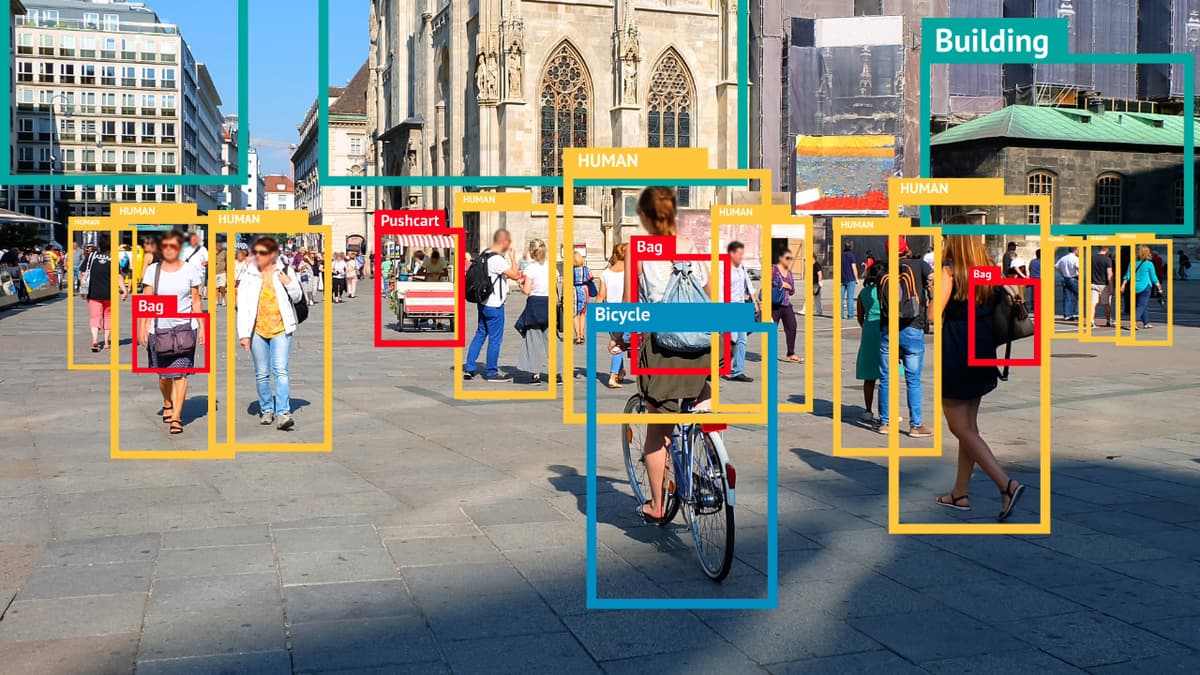A Fresh Perspective on Sigmund Freud's Theory of the Id, Ego, and Superego
Sigmund Freud's theory of the id, ego, and superego greatly influences our understanding of human behavior. This theory explains the complex structure of our minds and how we navigate life.
What Are the Three Parts of the Mind?
Freud divided the mind into three key components:
- Id: This is our primal, instinctive part. It seeks immediate gratification and impulsive pleasure.
- Ego: The ego mediates between the id and the real world. It considers consequences and acts rationally.
- Superego: This part represents our internalized moral standards and societal norms. It guides us with rules and expectations.
A Creative Illustration of the Theory
Think of this theory as a story with three characters. The id is the impulsive and reckless character, always seeking quick pleasure. The ego acts as a wise partner, making sure that choices lead to beneficial outcomes. The superego is like a stern but caring parent, enforcing rules and guiding behavior.
A Pop Culture Example
Consider the fictional city of Gotham. In this scenario, Batman symbolizes the ego. He balances the impulsive desires of the Joker (id) with the strict moral code upheld by Commissioner Gordon (superego). Batman's struggle reflects Freud's theory, showcasing the tension between these conflicting forces.
Why Does It Matter?
Freud's theory offers a useful framework for examining our behavior and mental processes. Acknowledging the interactions between our impulses, rationality, and societal expectations can lead to increased self-awareness.
Reflect on the dynamics of id, ego, and superego the next time you face competing desires or important decisions. Embracing this perspective may enhance your understanding of yourself and those around you.












